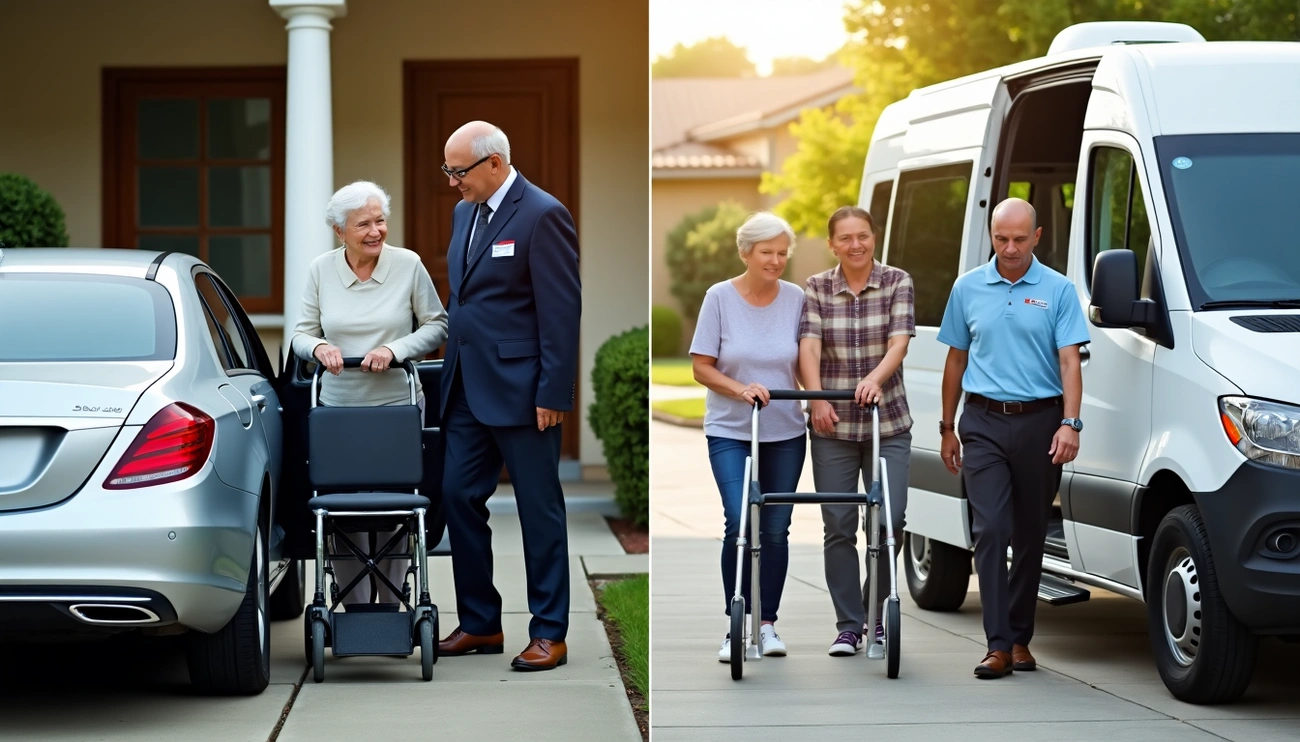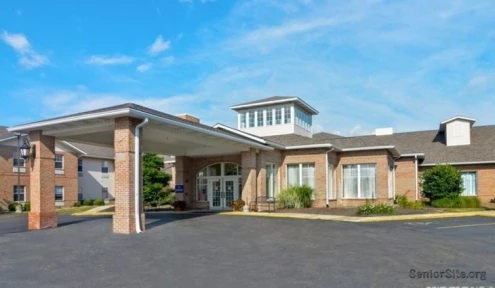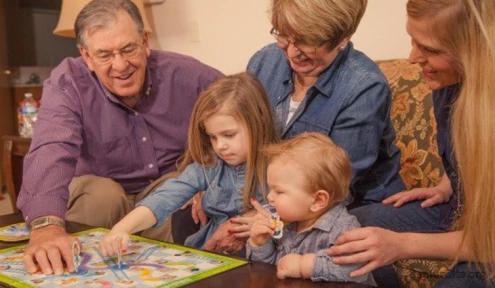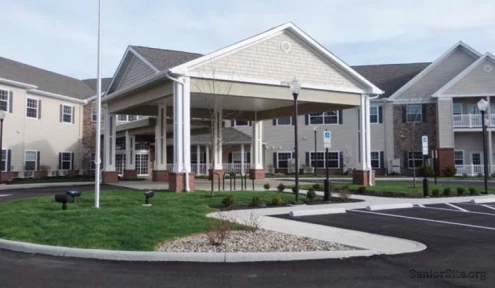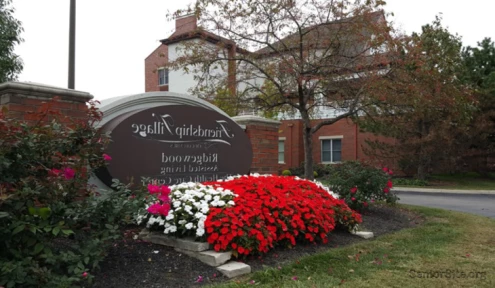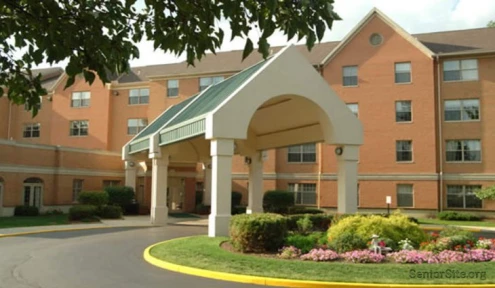Older volunteers report significantly better health outcomes than their non-volunteering peers, studies show. Data reveals 80 percent of volunteers aged 55 and older maintain good to excellent health, compared to just 50 percent among non-volunteers. Senior volunteer opportunities deliver benefits far beyond community service.
Medical research documents concrete health improvements among senior volunteers, including enhanced sleep patterns, better mobility scores, and improved blood panel results. The positive effects emerge quickly – nearly half of volunteers demonstrate measurable health gains within their first year of service.
Senior volunteers choose from diverse roles matching their skills and interests. Options range from sharing professional expertise to supporting animal welfare programs and local community projects. This guide examines key volunteer opportunities, selection strategies, and practical solutions for common challenges faced by older volunteers.
Why Volunteering Matters in Retirement
The Corporation for National and Community Service reports substantial evidence linking volunteer work to improved quality of life for retirees. Their data shows direct benefits for both volunteers and communities they serve.
Physical and mental health benefits
Senior volunteers demonstrate measurable health improvements within two years of consistent service. Studies reveal 84% of older adults maintain or enhance their health conditions through regular volunteering. Those contributing 100+ hours yearly show notably better physical function and lower mortality rates.
Mental health gains prove equally significant. Research shows 78% of seniors with initial depression symptoms report reduced symptoms after two years of volunteer work. The activity triggers dopamine release, leading to decreased stress levels. Volunteers aged 65 and above consistently show lower anxiety and depression rates compared to non-volunteers.
Social connection opportunities
Volunteer work effectively counters social isolation among seniors. Data indicates 88% of initially lonely volunteers report reduced isolation after two years. Regular activities create natural opportunities for meaningful peer connections.
The benefits reach beyond temporary interactions. Among seniors previously lacking social bonds, 71% developed stronger connections through volunteering. These relationships frequently evolve into sustained friendships with ongoing emotional support.
Sense of purpose and fulfillment
Volunteer roles help seniors maintain identity and purpose after retirement by offering:
- Platforms to share career expertise
- Direct community impact opportunities
- Cognitive engagement through skill development
Senior volunteers report heightened life satisfaction and self-esteem levels. Through regular community service, they remain actively engaged while utilizing their professional knowledge.
Research confirms multiple psychological benefits for volunteers 55 and older who commit 100+ hours yearly, including improved outlook and stronger sense of purpose. These gains significantly boost overall retirement satisfaction.
The positive effects extend to service recipients. Studies show 76% of caregivers supported by senior volunteers report improved time management and reduced stress.
Finding Your Volunteer Path
Senior volunteers bring decades of professional expertise and life wisdom to community service roles. AmeriCorps Seniors reports growing demand for experienced volunteers across diverse service areas.
Assess your interests and skills
AmeriCorps Seniors matches adults 55 and older with opportunities aligned to their specific interests. Potential volunteers should evaluate:
- Career expertise and accumulated knowledge
- Personal passion projects
- Physical activity comfort level
- Solo versus team-based work preferences
Studies show volunteers with proper training display higher motivation levels and better outcomes. Roles matching existing skills or offering comprehensive training lead to sustained engagement.
Consider time availability
The AmeriCorps Seniors RSVP program lets volunteers set their own schedules, from occasional service to full-time commitments up to 40 hours weekly. Key scheduling factors include:
- Regular or periodic volunteering
- Project duration preferences
- Seasonal constraints
- Transportation needs
Meals on Wheels requires at least one monthly delivery route from volunteers. Understanding such commitments helps create sustainable volunteer schedules.
Match skills with community needs
AmeriCorps Seniors RSVP targets six critical community areas:
- Disaster Services
- Economic Opportunity
- Environmental Stewardship
- Education
- Healthy Futures
- Veterans and Military Members
Current volunteer roles range from teaching resume workshops to mentoring at-risk teens and renovating low-income housing. Research identifies service awareness, skills, and teamwork as core volunteer competencies.
Organizations provide targeted training to boost volunteer effectiveness. Data shows properly trained volunteers achieve better outcomes and report higher satisfaction. Most programs include orientation sessions and ongoing support.
AmeriCorps Seniors partners with thousands of vetted nonprofits nationwide. These connections help match seniors’ talents with meaningful service opportunities.
Starting small allows volunteers to evaluate fit before expanding commitments. The key lies in finding roles that combine community impact with personal satisfaction.
Popular Volunteer Activities for Seniors
AmeriCorps Seniors reports growing demand for experienced volunteers across multiple sectors. The program connects adults 55 and above with service opportunities nationwide.
Teaching and mentoring
The Foster Grandparent Program matches seniors with children needing extra support. Volunteers help boost reading skills and academic performance among struggling students. Los Angeles-based Jumpstart Community Corps offers preschool teaching roles in low-income areas, providing stipends and mileage reimbursement for 15-40 weekly service hours.
New mentors complete an 8-week training program covering childhood education fundamentals. Programs like MentorCHIP and MentorUP enable seniors to share career expertise with young professionals.
Environmental conservation
Seniors stay active through nature preservation work. National Park Service locations seek volunteers for conservation projects nationwide. Current roles include:
- Climate research plant monitoring
- Community garden maintenance
- Sustainable farming support
- Environmental education programs
The American Community Gardening Association helps seniors join local growing projects, fostering neighborhood connections through shared garden work.
Animal care and support
Local shelters rely heavily on senior volunteers. Key responsibilities include:
Dog walking, benefiting both animals and volunteers through exercise Cat socialization and enrichment activities Feeding and habitat maintenance Adoption event support
The Wildlife Clinic needs volunteers to care for native species – mammals, birds, raptors, and amphibians. No veterinary background required, but consistent scheduling commitment matters.
Community service
RSVP connects senior volunteers with neighborhood needs. Popular service options include:
Meals on Wheels and Senior Share food delivery Food pantry operations Community event planning Senior transportation assistance
The Grandmother Collective channels seniors’ experience into community improvements. New York City’s RSVP program places volunteers in soup kitchens, hospitals, and cultural venues.
Weekly time commitments range from several hours to full-time service. Organizations typically offer flexible scheduling to accommodate retirees’ varying availability.
Getting Started as a Senior Volunteer
AmeriCorps Seniors reports connecting 143,000 volunteers with service opportunities through partner organizations. The program’s reach continues expanding as demand for experienced volunteers grows.
Research local opportunities
Senior Corps website provides comprehensive access to thousands of volunteer positions nationwide. Current openings span multiple areas:
- Food bank and shelter support roles
- Hospital volunteer programs
- Senior center activity leadership
- Faith-based community initiatives
Baby boomers now contribute 2.2 billion service hours yearly, leading all age groups. This surge highlights increasing needs across service sectors.
Contact volunteer coordinators
Most organizations use structured volunteer enrollment processes:
- Initial Application: Organizations accept both online and paper applications for volunteer positions
- Background Screening: Standard safety checks protect both volunteers and service recipients
- Interview and Orientation: Personal meetings help match interests with available roles, followed by comprehensive orientation
- Training Support: Role-specific preparation ensures volunteers start with confidence
Digital management systems help coordinators provide personalized support, especially valuable for seniors preferring phone communication. These tools strengthen connections between volunteers and organizations.
AmeriCorps Seniors features three main program paths:
- RSVP: Flexible scheduling and diverse position options
- Foster Grandparent Program: Support for children with special needs
- Senior Companion Program: Assistance for adults needing daily help
Special events throughout the year offer low-commitment starting points. These opportunities let seniors sample different roles before longer-term involvement.
Research shows relationship building motivates many senior volunteers. Choosing organizations valuing personal connections helps ensure satisfying volunteer experiences.
Overcoming Common Volunteering Challenges
Senior volunteers face several key barriers to service participation, research shows. Data-driven solutions help address these challenges while maintaining meaningful engagement opportunities.
Transportation concerns
Half of Americans aged 65 and older cannot access public transportation. Multiple programs address this gap:
- Door-through-door volunteer drivers provide direct home-to-site transportation
- Local community services offer senior-specific free and low-cost rides
- GoGo rideshare partnerships enable 24/7 transportation access
Several cities now run specialized paratransit services with mobility device support and flexible pickup options. These routes mirror regular transit lines while adding accessibility features.
Physical limitations
Organizations increasingly adapt volunteer roles for varying physical abilities. Current accommodations include:
- Flexible seating and scheduled rest periods
- Accessibility-modified work areas
- Assistive technology support
- Remote service options
Studies show 55.6% of organizations prioritize volunteer-specific training and orientation. Most locations now feature standard accessibility improvements – ramps, wider doorways, and adapted restrooms.
Time management
Time constraints deter 40-55% of potential volunteers. Effective scheduling approaches include:
- Digital calendar planning
- Starting with limited commitments
- Choosing flexible service options
- Selecting convenient locations
Research indicates half of volunteers prefer self-directed scheduling. Many organizations now offer short-term and occasional service opportunities instead of requiring extended commitments.
Event-based volunteering provides low-pressure entry points. Virtual options let seniors contribute from home during preferred hours.
Data shows volunteers maintaining longer engagement when gradually increasing involvement. Strategic planning helps create sustainable schedules matching individual energy levels and lifestyle needs.
Conclusion
Research documents clear advantages for adults 55 and older who volunteer. Data shows these seniors maintain better health metrics, broader social networks, and higher life satisfaction scores than non-volunteers.
Senior volunteer roles span diverse sectors – educational support, environmental conservation, animal welfare, and community development. Organizations offer varied scheduling options and accessibility accommodations to match individual capabilities and preferences.
Transportation barriers and physical limitations present initial challenges for many seniors. Support systems including specialized transit services and adapted volunteer spaces help overcome these obstacles. Starting with limited commitments at convenient locations allows volunteers to build sustainable service routines.
Success in volunteering stems from aligning personal skills with community needs. Senior volunteers contribute valuable professional expertise and life experience, whether serving monthly or weekly. Their involvement strengthens both individual well-being and community resources.
FAQs
Q1. How can seniors find meaningful volunteer opportunities? Seniors can find meaningful volunteer opportunities by researching local programs, using online resources like AmeriCorps Seniors, and contacting volunteer coordinators at organizations that align with their interests and skills. It’s important to consider personal passions, available time, and physical abilities when choosing a volunteer role.
Q2. What types of volunteer activities are popular among seniors? Popular volunteer activities for seniors include teaching and mentoring, environmental conservation, animal care and support, and community service. Specific examples range from tutoring children and maintaining community gardens to walking shelter dogs and delivering meals to homebound individuals.
Q3. Are there volunteer opportunities for seniors with physical limitations? Yes, many organizations offer volunteer opportunities that accommodate seniors with physical limitations. These may include flexible seating arrangements, modified workspaces, assistive technology, and remote volunteering options. It’s important to communicate any needs or concerns with the volunteer coordinator to ensure proper accommodations.
Q4. How much time do senior volunteers typically commit? Senior volunteers can commit as little as a few hours monthly or up to 40 hours weekly, depending on their preferences and the program’s requirements. Many organizations offer flexible scheduling options, allowing seniors to balance volunteering with other activities and responsibilities.
Q5. What are the benefits of volunteering for seniors? Volunteering offers numerous benefits for seniors, including improved physical and mental health, increased social connections, and a greater sense of purpose and fulfillment. Studies show that senior volunteers often experience better sleep quality, improved mobility, reduced feelings of loneliness, and higher levels of life satisfaction compared to non-volunteers.




